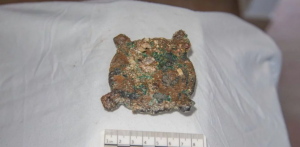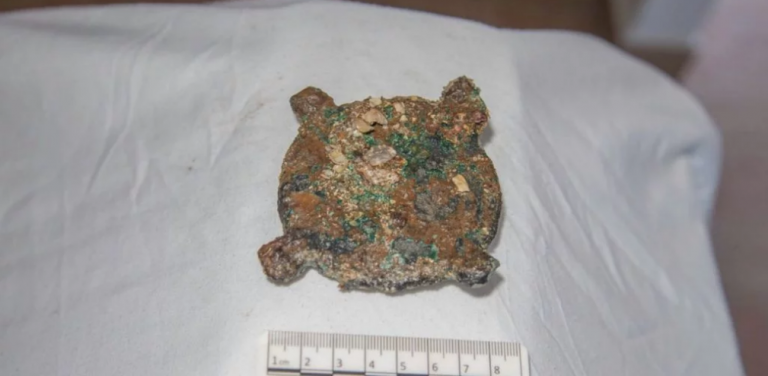A missing piece of the world’s oldest analogue computer, the Antikythera Mechanism, is believed to have been found on an Aegean seabed.
Discovered in 2017 resembling greenish rock, further investigation on land has revealed it to be a bronze eight centimetre disk. It features four metal arms at each corner with holes for pins, an x-ray revealing the engraving of Taurus the bull.
While it cannot be said conclusively whether it is a missing part of the Mechanism or not, based on evidence found so far, it is said to look exactly like other parts of the computer.
The other possibility is that it could be part of a second mechanism that has yet to be unearthed, or something else entirely.
What is known so far is that Antikythera Mechanism was built by the ancient Greeks to calculate different astronomical positions.

It first disappeared 2,200 years ago after the ship carrying it sunk near the island of Antikythera. It was first rediscovered in 1901 by sponge divers, who took their intriguing find back to land, where it was investigated by archaeologist Valerios Stais at the National Archaeological Museum in Athens.
Since then scientists have found that the computer can perform basic mathematical functions and can accurately track the movements of the sun, moon, planets and constellations, along with the timing of equinoxes and eclipses.
Read more HERE
Ask me anything
Explore related questions





